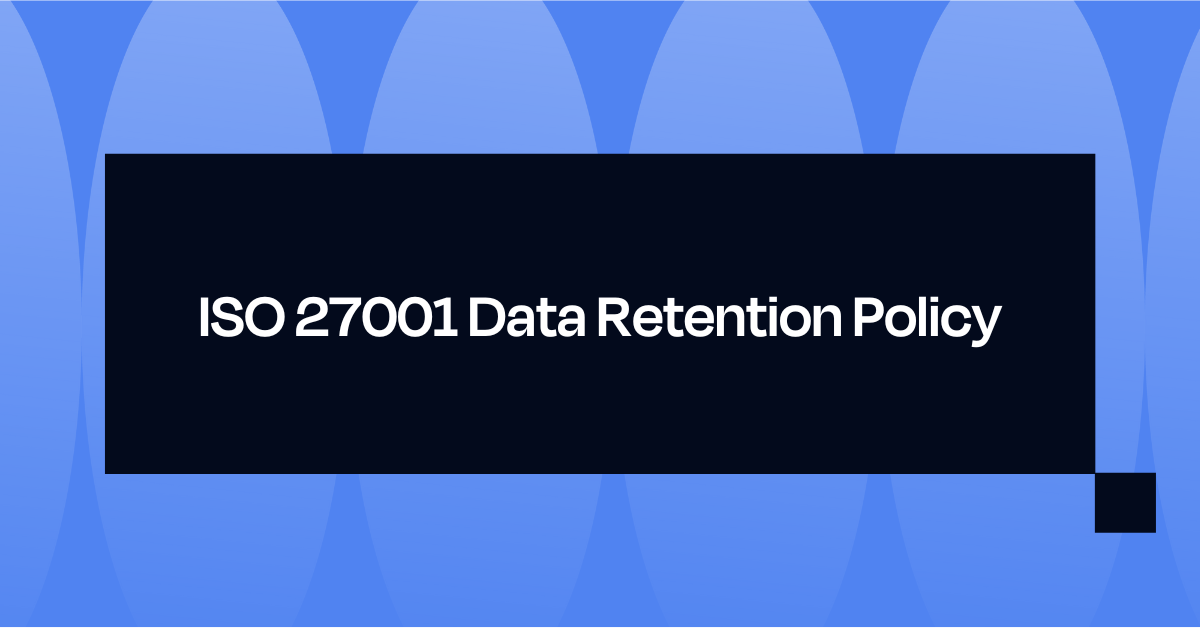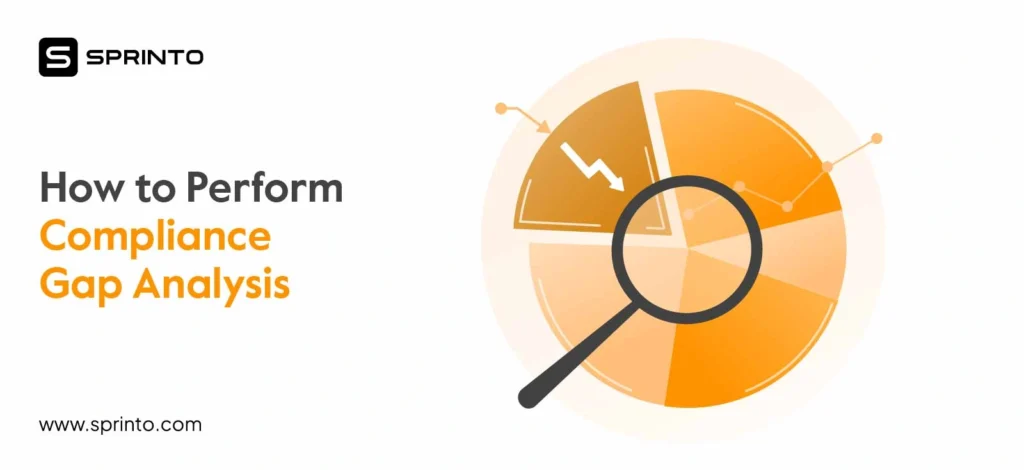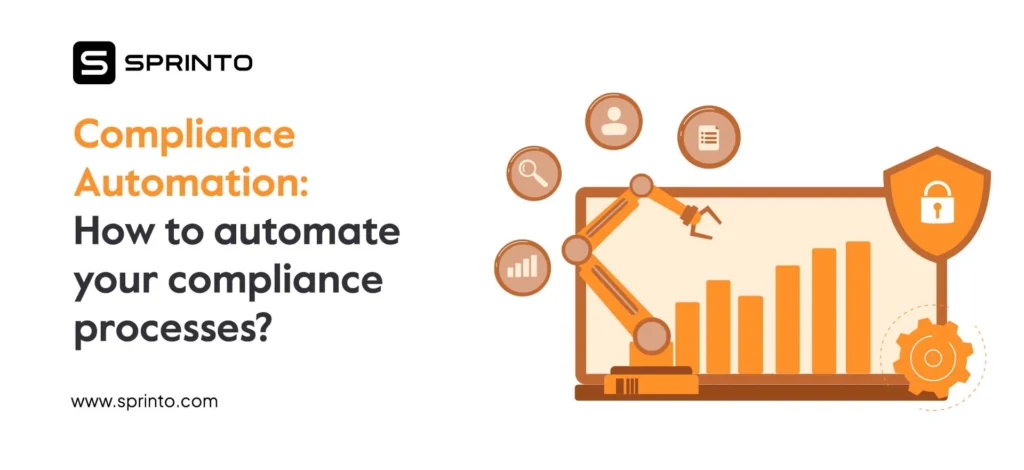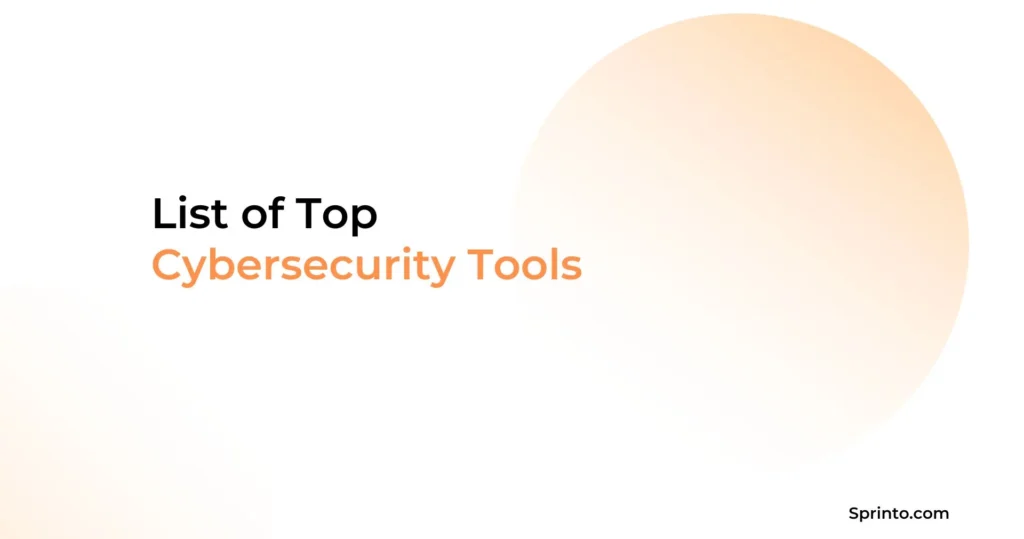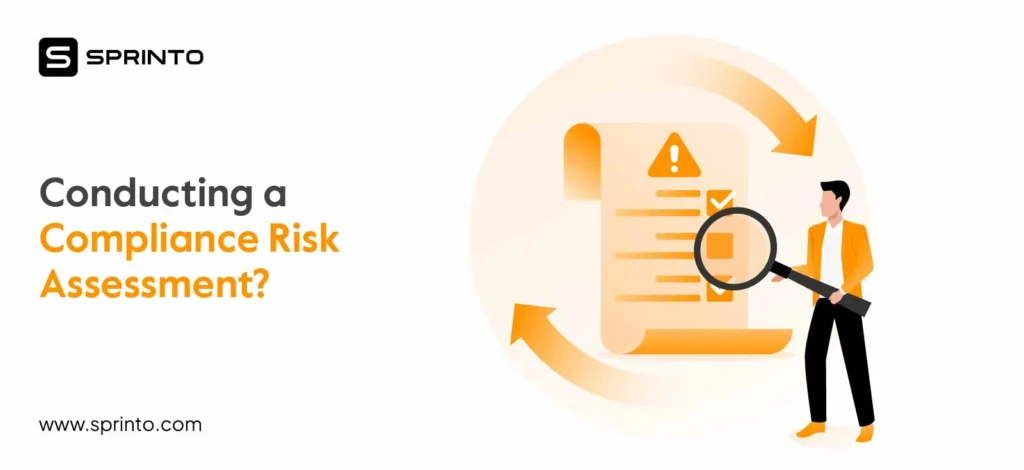Imagine a customer requests a copy of their personal data or asks for it to be deleted.
Without clear rules, finding that data or knowing if it should still exist can take days or even weeks.
Moreover, outdated or unnecessary information may remain in shared drives, backups, or archived systems. This leads to compliance risks and excessive exposure.
A data retention policy aligned with ISO 27001 provides clear rules for managing information throughout its lifecycle.
It specifies which data is essential, how long it should be retained, and the process for secure removal once it is no longer needed. It also demonstrates respect for individual privacy, strengthens trust, and gives the organization complete control over its data assets.
Read on as we tell you everything you need to know about data retention…
| TL;DR – A data retention policy aligned with ISO 27001 defines what data to keep, how long to retain it, and how to securely dispose of it, ensuring compliance, reducing risk, and protecting privacy. – Implementing the policy involves classifying data, assigning retention periods based on legal, regulatory, and business needs, and establishing clear roles, secure disposal methods, and audit-ready documentation. – Following best practices such as automation, cross-functional collaboration, and continuous monitoring simplifies compliance, improves data quality, and builds trust with customers, partners, and regulators. |
What is a Data Retention Policy under ISO 27001?
If you’re preparing yourself for an ISO 27001 certification, your data retention policy will be the guide that tells everyone what information you keep, for how long, where it lives, who can access it, and how it’s safely disposed of when time’s up.
It covers everyday business records (contracts, HR files, customer emails), security records (audit logs, access logs), and technical data (system backups, tickets, source files).
ISO 27001 is a management standard, so it asks you to decide these details in a controlled way rather than handing you a one-size-fits-all timeline. The companion guidance in ISO/IEC 27002:2022, control 5.33 “Protection of records,” makes this clear: you should maintain a retention schedule for different record types, protect their confidentiality, integrity, and availability while you hold them, and dispose of them securely in line with legal, regulatory, and societal expectations.
In practice, your policy should:
- Link each record type to a specific retention period and justification (law, contract, or business need).
- Specify storage locations and controls
- Define how you freeze deletions when litigation or investigations require it
- Describe secure destruction methods
- Assign clear ownership for approving retention and disposal
Why does it matter, though? Because keeping data forever sounds convenient, but it’s risky and expensive. The more data you hold, the more you must secure, review, and potentially disclose.
When breaches happen, excess data inflates impact and cost — the global average cost of a data breach is about $4.4 million, according to IBM’s latest study. A disciplined retention policy reduces that cost by ensuring you only keep what you truly need.
With Sprinto, you can enforce ISO 27001-aligned data retention automatically—track what you keep, why you keep it, and prove it to auditors anytime.
👉 See Sprinto in action ->
What are the objectives of a Retention Policy?
The main goal of a data retention policy is to protect your organization by meeting legal and regulatory requirements while strengthening overall information security.
Below are the things a data retention policy achieves for your organization’s security and compliance:
1. Comply with Laws and Contracts
Different regulations and contracts demand different retention periods and evidence. Your policy translates those obligations into a clear schedule and process, so staff don’t guess. For example, employment, tax, financial, and sector rules often set minimum (or maximum) durations.
2. Reduce Security and Privacy Risk
Every extra dataset is potentially breach material. By deleting information when it is no longer necessary, you reduce the attack surface and limit what an attacker can steal. That directly affects your exposure, so less redundant data means fewer records to investigate, notify on, or remediate.
3. Control Cost and Complexity
Storage may look cheap, but long-tail costs like backup, eDiscovery, audits, access reviews, and encryption add up. A retention schedule helps you prune stale content, cut storage and backup footprints, and simplify migrations.
4. Prove Accountability and Pass Audits
Auditors and regulators want to see that you know what you keep, why you keep it, and how you dispose of it. A clean policy, supported by logs and certificates of destruction, shows control over the full record lifecycle and speeds up audits.
5. Support Investigations and litigation
You can’t investigate incidents or answer legal requests if evidence is missing or buried in uncontrolled archives. Retention rules make sure critical logs and records are available for the right time window, and legal hold procedures pause deletion when needed.
6. Build Trust with Customers and Partners
Holding data longer than needed erodes trust and can trigger penalties. Regulators have been active: recorded GDPR fines total roughly €5.65 billion as of March 1, 2025, which is proof enough of the financial stakes of mishandling personal data. A clear retention stance shows you respect data minimization and purpose limitation.
7. Improve Data Quality and Traceability
When you remove outdated and duplicate content, the information that remains is easier to classify, secure, and use. Teams spend less time searching and second-guessing.
8. Make Deletion Safe and Repeatable
Your policy shouldn’t just say delete after X years. It should spell out how: approved destruction methods, evidence of disposal, roles who sign off, and safeguards so critical records aren’t erased by mistake. ISO 27002 calls for protecting records throughout their life and disposing of them securely.
Core Components of an ISO 27001 Data Retention policy
To create a robust and effective data retention policy that aligns with ISO 27001 policies, you need to include many foundational components. A common mistake is to overcomplicate the policy; the best ones are not the longest, but the clearest.
At a minimum, your policy should be built around these core elements to ensure it is practical, auditable, and meets your organization’s needs.
Scope and data classification:
- The first step is to clearly define what information your policy covers. This includes identifying all the types of data your organization handles, such as customer data, employee records, financial information, and system logs.
- Once identified, you need to classify this data based on its sensitivity, criticality, and any legal or regulatory requirements that apply to it.
Retention periods and rationale:
- For each category of data you’ve identified, you must specify exactly how long it will be kept. These retention periods shouldn’t be arbitrary; they need to be based on a clear rationale that considers legal, regulatory, contractual, and business requirements.
- For instance, tax laws might require you to keep financial records for a certain number of years, while GDPR requires that personal data is only kept for as long as necessary for the purpose it was collected.
Secure disposal procedures:
- Your policy must outline the secure methods you will use to dispose of data once its retention period has expired. This is a critical step in minimizing the risk of a data breach.
- The disposal methods will vary depending on the nature of the data and could include physical destruction for paper records (like shredding) or cryptographic wiping for electronic data to ensure it cannot be recovered.
Roles and responsibilities:
- A policy is only effective if people know their role in implementing it. You need to clearly define who is responsible for managing the data retention lifecycle.
- This includes identifying who has the authority to define retention periods, who is responsible for ensuring data is securely stored, and who is accountable for carrying out the disposal procedures.
ISO 27001 Data Retention Policy Template
While every organization’s data retention policy will be unique to its specific circumstances, a template can give you a helpful starting point and ensure you cover all the necessary bases. Here is a downloadable template you can adapt to create your own ISO 27001 data retention policy.
Steps to Implement a Data Retention Policy
Creating a data retention policy document is a fantastic start, but the real test is in its implementation. A policy sitting on a server does nothing to protect your data. To bring it to life, you need a clear, methodical approach that embeds these principles into your daily operations.
Step 1: Understand what data you have and use
You can’t protect what you don’t know exists. This initial step is about discovery and inventory. Get teams from across your organization in a room (virtual or physical) and start tracing out your data.
Ask questions like: What kind of information do we collect? Where do we keep it all? Is it in the cloud, on servers, on laptops? This process will give you a catalog of your data assets, which is the foundation for everything that follows.
Step 2: Classify the data
Some data is highly sensitive, like customer financial details, while other data is fairly benign like public marketing materials. Group your data into logical categories based on its sensitivity, business value, and any legal requirements.
For example, you might create categories like Confidential, Internal, and Public.
Step 3: Define the retention periods for each data category
Research the legal and regulatory mandates that apply to your industry and location. For instance, tax records often have a legally required retention period, while GDPR dictates that personal data should only be kept as long as necessary for its original purpose.
For data without specific legal requirements, you’ll need to determine a period based on business needs. You need to take into account not just the “how long” but also the “why” for each retention period to stand up to an audit.
Step 4: Plan the end of the data lifecycle
With your schedule set, it’s time to think about the end of the data lifecycle: secure disposal. Your policy needs to clarify exactly how you will get rid of data once its time is up.
This might involve cryptographic erasure for digital files or cross-cut shredding for physical documents. The key is to ensure the method is irreversible and appropriate for the data’s sensitivity.
Step 5: Familiarize your employees with the policy
The human element is arguably the most critical and often the most overlooked. A policy is only effective if your team understands it and their role in upholding it.
Run training sessions that explain the policy’s importance, what’s required of them, and the consequences of non-compliance.Use real-world examples to make the training resonate. If time and resources allow, plan for regular refresher courses to keep awareness high.
Step 6: Continuously monitor and review your policy
You need to conduct regular audits to check that the policy is being followed correctly across the organization. You should plan to review and update your policy at least annually, or whenever significant legal or business changes occur.
Sprinto automates every step—from classification to deletion—so your team can enforce policies consistently and stay audit-ready with zero overhead.
👉 Book a demo →
ISO 27001 Data Retention Policy Best Practices
These best practices will make your policy not only compliant but also practical and sustainable in the long run.
1. Automate the policy wherever you can
Manually tracking the retention period for every single piece of data is a welcome sign for human error and inefficiency. Use technology to automate the enforcement of your retention rules. Many modern systems for document management and cloud storage have features that can automatically flag, archive, or delete data based on the lifecycle rules you set. Automation reduces risk, saves time, and ensures your policy is applied consistently across the board.
2. Work collaboratively, not in a Silo
When creating and reviewing your policy, involve key stakeholders from different parts of your business, including IT, legal, and compliance teams. This collaboration is necessary.
Your legal team can provide essential guidance on regulatory requirements, while your IT team can speak to the technical feasibility of implementing the policy. This cross-functional approach keeps your policy comprehensive, realistic, and has buy-in from the entire organization.
3. Document everything in a very detailed manner
Maintain clear and detailed records of all your data retention and disposal activities. This includes your retention schedule, the rationale behind your decisions, and logs of when data was securely destroyed.
This documentation is your proof of compliance. In the event of an audit or a legal challenge, this paper trail will help you show that you have a systematic and defensible process in place.
Simplify Data Retention with Sprinto
Writing a clean, defensible retention policy takes time. You have to figure out legal and contractual rules for systems, assign owners, line up deletion triggers, and ensure backups follow suit.
Then you need proof—policy acknowledgments, control checks, and audit-grade evidence that you’ve actually purged redundant information. Keeping cloud apps, tickets, storage, and logs updated can swallow weeks.
This is where Sprinto fits. Sprinto is a compliance automation platform that becomes your ISO 27001 command center: it maps controls, monitors them continuously, and centralizes risk, policies, and checks so your ISMS work is organized and repeatable. It connects to your cloud and SaaS stack to monitor controls, raise alerts when they fail, and keep evidence collected and organized automatically.
- Ready templates: Downloadable Data Retention Policy starter you can personalize fast.
- Policy management: Versioning, distribution, and user acknowledgments on autopilot.
- Continuous control monitoring: Always-on checks aligned to ISO 27001.
- Automated evidence collection: Up to 90% automation with audit-ready, time-stamped proof.
- 200+ integrations: Connect cloud and SaaS systems to pull logs, configs, and events into one view.
- Risk and control mapping: Built-in modules to scope gaps and track remediation.
Want to get started? Speak to our experts today.
FAQs
Annex A.5.31 in ISO/IEC 27001:2022 is about identifying and documenting all your legal, statutory, regulatory, and contractual obligations that touch information security. It doesn’t set specific retention periods itself. Instead, it tells you to know what the law and your contracts require (retention rules included) and bake those into your policies and controls.
There’s no universal number. Under GDPR’s storage limitation principle, you should keep personal data only for as long as you need it for the stated purpose, then delete or anonymize it.
Some laws set minimum periods (for example, tax or employment rules), so your schedule should reflect those, plus your business needs, nothing more.
ISO 27001 doesn’t literally say you must have a document titled Data Retention Policy. What it does require is documented information needed to run your ISMS (Clause 7.5) and evidence that you meet ISO 27001 controls like A.5.33 (protection of records, including retention schedules) and A.8.10 (deletion when no longer required).
In practice, the easiest way to satisfy auditors is to keep a clear retention policy and schedule that maps record types to periods, triggers, and secure deletion methods.
Pansy
Pansy is an ISC2 Certified in Cybersecurity content marketer with a background in Computer Science engineering. Lately, she has been exploring the world of marketing through the lens of GRC (Governance, risk & compliance) with Sprinto. When she’s not working, she’s either deeply engrossed in political fiction or honing her culinary skills. You may also find her sunbathing on a beach or hiking through a dense forest.
Explore more
research & insights curated to help you earn a seat at the table.



